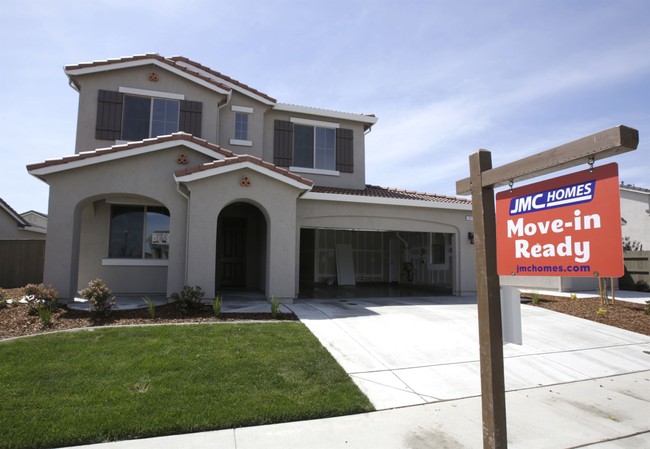
Buying a house used to be a key aspect of the American Dream, but for some time now, it’s been becoming more and more out of reach for most young people.
My wife and I bought our first house in 1992, a small, 1,008-square-foot ranch house in a suburb of Denver. We paid $69,500 for that home, where we were living when two of our kids were born. In 1997, my career in medical manufacturing was starting to take off, so we sold the first house – for twice what we paid for it, $140,000, and put down $189,000 for the 4,800-square-foot, great barn of a house where we raised our family. When we bought our house in Alaska, we sold that property for a whopping $585,000.
Advertisement
Now, you can see we came out of those deals pretty well. We had made a lot of improvements to both houses, but most of the gain was just due to the runaway Denver-area real estate market. We were lucky enough to get in early and take advantage of the roller-coaster ride.
Our kids, on the other hand, haven’t been so lucky. The two who live in a small town in Iowa can afford homes, but the two who still live in a suburb of Denver, where they grew up, aren’t so lucky – and they have lots of company. A new report from Oxford Economics tells us that the average American household needs to have a six-figure income to afford any single-family home. That’s a calamity.
Oxford Economics revealed this week that a household in 2024 needs an average annual income of $107,700 to afford a new single-family home, including property taxes and home insurance. This number was nearly twice the cost it was five years ago in 2019, at only $56,800.
The report added that only 36% of households earned enough to buy a home last quarter, a sharp decrease from the 59% of households that could afford one in 2019.
“Housing affordability has dropped significantly over the last five years in every major metro as house prices soared and mortgage rates nearly doubled,” the report summarized.
It’s important to note that prices are high because the supply is not sufficient. Yes, interest rates make a difference, too, but housing starts have been trending downward – that’s the problem that has to be addressed.
Advertisement
See Related: Republican Assembly Leader Asks President-Elect Trump to Act As a ‘Partner’ to Fix California
Too Much Even for Gavin? CA Gov. Newsom Kills Bill Giving Up to $150K to Illegal Aliens to Buy Homes
Our major cities are becoming more and more unaffordable.
The least affordable cities included San Jose, San Francisco, Los Angeles, San Diego and Honolulu, where less than 15% of households could cover their respective housing costs. Of the 50 largest cities, the most affordable ones were in the Midwest and South, like Cleveland, Louisville, Detroit, St. Louis, Oklahoma City and Memphis.
While there are some things the federal government can do to bring down mortgage interest rates, it’s important to note that most of this problem will be addressed by increasing supply. The rantings of a certain former Democrat presidential candidate of our recent experience notwithstanding, this cannot be fixed by throwing money at the problem. The cost of housing can only be addressed, in the long term, by increasing the supply of housing. Supply and demand apply to real estate as anything else, and while we can’t really make more land, we can produce more houses – and that will require, in most if not all of the jurisdictions noted above, a reduction in regulation and relaxing of zoning laws. Make it easier for developers and builders to do their thing, and they will build. Increasing supply will bring down costs.
Advertisement
That’s something that has to be done at the city, county, and state levels. The question is this: Will some of the deep-blue jurisdictions noted above do what must be done, despite their inclination to ever-increasing regulations, requirements, and fees?
That, sadly, seems doubtful.
